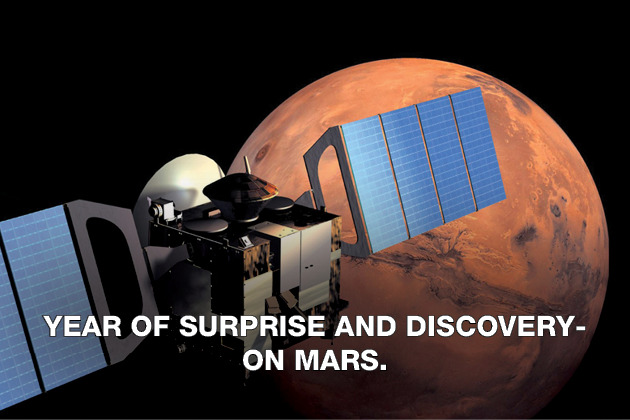A year ago, NASA’s Perseverance rover accelerated to a collision with Mars, nearing its destination after a 290-Million-mile, seven-month journey from Earth.
On 18th February last year, the spacecraft carrying the rover penetrated the Martian atmosphere at 13,000 miles per hour in just about seven minutes which the NASA engineers call “seven minutes of terror” as it had to pull off a series of operations to softly land the Perseverance.
Delay in the radio communication was purposely given to crisscross the solar system, as told by the people in mission control at NASA’s Jet Propulsion Laboratory in California.
If anything would have gone wrong, they would have been left with no time to fix it up. The $2.7 Billion mission, to search for evidence of life on Mars, would have ended in a new Crater.
Fortunately, The Perseverance performed rightly, as it sent some thrilling video footage the moment it made its landing. Robots exploring Mars were added into NASA’s collection.
Twelve months later, Perseverance is snuggled with a 28-Mile wide crater known as JEZERO. From the Topography, it is clear that more than 3 Billion years ago, JEZERO was a water-body roughly the size of Lake Tahoe, with rivers flowing in from the west and out to the east.
One of the first things Perseverance did was install Ingenuity, a small Robotic Helicopter. It was the first flying machine to take off on another planet. Perseverance also displayed a technology for generating Oxygen that will be crucial whenever astronauts make it to the Mars.
The rover was then set off on a diversion from the original exploration plans, to further study the floor of the crater it landed on. The rocks turned out not to be different than what the scientists were expecting.
The rover ran into trouble for several times while trying to collect cores of rock cylinders which were the size of sticks of chalk. They were supposed to be brought back to Earth by a future mission.
Engineers were able to solve the problems and everything went well. At least Delta’s are here on the Earth, habitable environments,” said Amy Williams, a professor of Geology at the University of Florida and a member of the Perseverance Science team. He also mentioned that there was water and active sediments were taken from the river to the lake.
Such sediments can absorb and preserve Carbon-based molecules that are associated with life. Dr Williams said, “that is a good place to find organic matter.” Organic carbon which is ancient to Mars is concentrated in those layers.
Perseverance landed a mile away from the Delta. Even at a distance, the Rover’s eagle-eyed camera could make out the predicted sedimentary layers. There were boulders, some as huge as a car resting on the Delta rocks that were washed into the crater.
Mission managers had planned to head directly to the Delta from the landing site, but the rover settled down in a spot, from where the direct route was blocked by sand dunes which made the crossing difficult. The geological formations of the south fascinated them.
Kenneth Farley, a geophysicist at the California Institute of Technology also serving as the project scientist leading the research said that we landed in a very surprising location, but we made the most of it.



